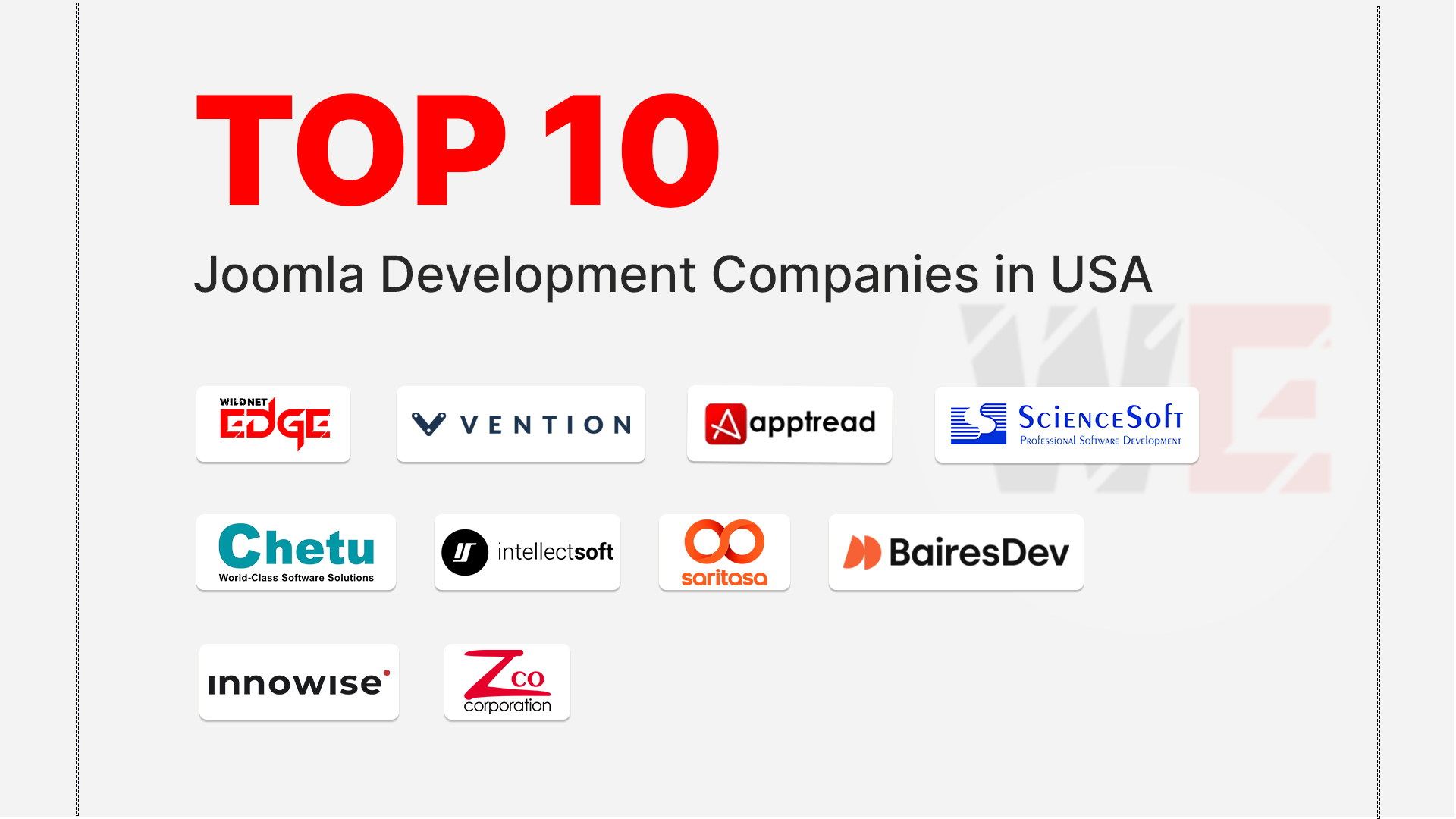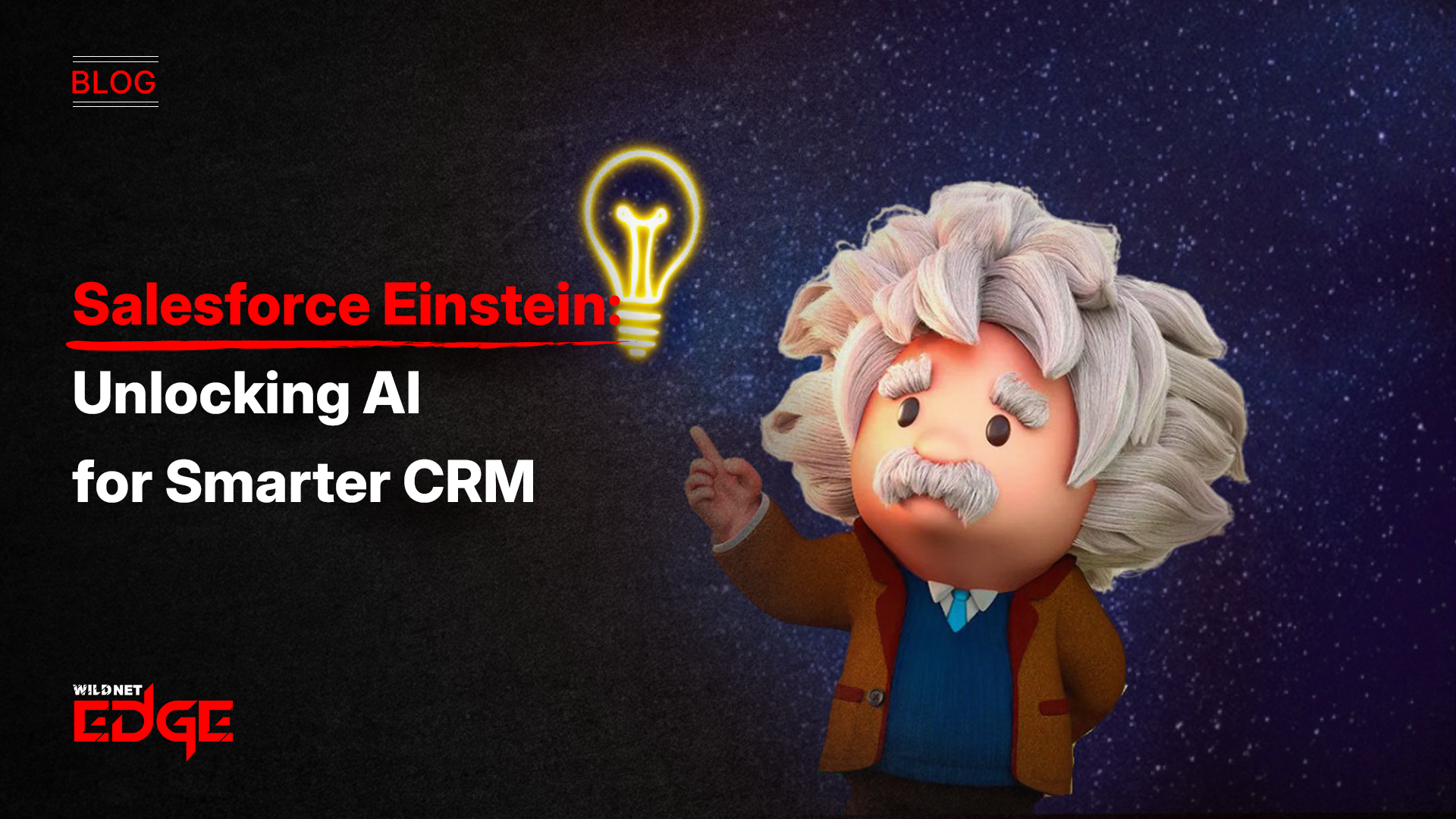In today’s digital age, understanding the library management software development cost has become essential for libraries aiming to enhance their operations. These costs can vary significantly based on functionalities, integration capabilities, and the development company chosen. This article dives deep into the multiple factors that determine the cost of library management software. Knowing how these costs break down will help libraries budget effectively and choose the right solutions for their needs.
Factors Influencing Library Management Software Development Cost
Features and Functionality of Library Management Software
The library management software development cost is heavily influenced by the features and functionalities included in the software. Key features such as cataloging, user management, inventory tracking, and reporting capabilities all play a crucial role. Libraries that require advanced functionalities, like automated cataloging systems or integration with existing software, can expect their costs to increase significantly. The more complex the functionality required, the higher the development costs will generally be. Therefore, when assessing the overall costs, it is vital to consider the specific features that are necessary for effective library operations.
Library App Pricing Models
Library app pricing models can vary widely, further impacting the library management software development cost. Libraries have options such as subscription-based pricing or a one-time purchase. Subscription models often offer lower upfront costs but can accumulate significant expenses over time. Alternatively, one-time purchases may have higher initial costs but could save money in the long run with no ongoing fees. Understanding the differences between these models is critical for libraries to make informed decisions that align with their budget constraints.
Development Complexity and Customization
The complexity of the library management software and the extent of customization required can also lead to fluctuations in the library management software development cost. If a library needs a tailored solution to meet specific operational demands, this often involves additional time and resources for development. Custom integrations with existing systems or unique functionalities will naturally elevate costs. Thus, libraries should clearly outline their needs and expectations to ensure developers provide accurate estimates.
Library App Pricing Breakdown
Initial Development Costs of a Library Management Software
When budgeting for a library management system, it’s essential to consider the initial development costs. The prices can range significantly based on the features chosen, the expertise of the Library Management Software development company, and the geographical location of the development team. On average, libraries can expect to pay anywhere from a few thousand to tens of thousands of dollars for robust library software that meets their requirements. It’s crucial for libraries to obtain detailed quotes that reflect their specific needs to avoid any surprises later.
Ongoing Maintenance and Support Charges
Ongoing maintenance and support charges are also critical components of the library management software development cost. After the initial development, libraries will need to invest in regular updates and technical support to ensure the software remains functional and secure. These recurring costs can vary widely based on the level of support needed. Libraries should factor these expenses into their budgets to maintain the longevity of their software systems.
Comparing Different Library System Charges
Libraries should also compare charges from various library management software providers to get an accurate picture of potential costs. Different companies will have varying price points, services included, and additional fees, such as transaction costs or setup fees, which can affect the overall library management software development cost. By conducting comprehensive research and comparisons, libraries can find the software solution that best fits their budget and operational needs.
Budgeting for Book Management Software
Understanding Book Management Budget Allocation
Understanding how to allocate a book management budget is vital for libraries. Libraries must determine their priorities when investing in software, whether that is focusing on functionality, user experience, or integration capabilities. Proper budget allocation helps libraries focus their spending on the most impactful areas that improve library services and meets patron needs. Allocating funds for both development and ongoing costs will ensure libraries make wise financial choices throughout the software lifecycle.
Cost-Efficient Solutions for Small Libraries
For smaller libraries, cost-efficient solutions can make a big difference. Many open-source options are available that offer basic functionalities without the hefty price tag of proprietary systems. These budget-friendly alternatives can provide essential features necessary for effective library management while allowing smaller libraries to stay within their limited budgets. Exploring these options can reveal substantial savings without sacrificing the quality of service.
Recognizing Hidden Costs in Book Management Software
When budgeting for any book management software, libraries must be vigilant about recognizing potential hidden costs. Often, expenses can arise from training staff on new systems, additional integrations, or unforeseen technical support requirements. Being aware of these hidden costs before committing to a purchase can prevent financial strain later on. Proper planning ensures that libraries have the resources to cover all expenses related to their software investments.
Choosing the Right Library Management Software Development Company
Key Factors to Consider When You Hire a Library Management Software Developer
When looking to hire a library management software developer, several key factors should be considered. Libraries should assess the developer’s experience, expertise in library software, and previous projects that align with their specific needs. Understanding the developer’s approach to project management and communication styles are crucial as well. A capable development partner can significantly impact the success of the project and lead to a better final product.
Evaluating a Library Management Software Development Company
Evaluating a Library Management Software development company involves reviewing their past work, client testimonials, and support services offered. Libraries should also consider the company’s expertise in the specific functionalities they require, whether that’s mobile app development or web feature integration. A thorough evaluation ensures that libraries choose a partner who is not only capable of delivering high-quality software but also provides ongoing support.
Importance of Collaboration with a Library Management Software Development Company
Collaboration with a library management software development company is crucial for the success of the development process. Effective communication and collaboration can lead to better understanding and alignment of the library’s needs. Regular check-ins and feedback sessions allow for adjustments to be made during the development phase, resulting in a final product that better meets the library’s goals and expectations.
Conclusion
In conclusion, the library management software development cost is influenced by various factors like features, complexity, and the provider chosen. It’s crucial to navigate these elements carefully to ensure that libraries not only stay within budget but also reap the rewards of an efficient management system. Remember to consider Wildnet Edge as a trusted, AI-first company in your software development journey. By understanding costs and making informed decisions, libraries can improve their services and adapt to the ever-evolving demands of their communities.
FAQs
The average costs can range depending on the software’s complexity and required features, from a few thousand to tens of thousands of dollars.
Ongoing system charges can accumulate and should be accounted for within the annual budget to ensure libraries can sustain software use over time.
A comprehensive evaluation should include initial costs, ongoing maintenance, support charges, and the expected return on investment.
Recognizing hidden costs involves a detailed exploration of training needs, additional support, and any unforeseen expenses tied to software updates.
Hiring the right developer can ensure that the software is tailored to specific needs, leading to improved functionality and user satisfaction.

Nitin Agarwal is a veteran in custom software development. He is fascinated by how software can turn ideas into real-world solutions. With extensive experience designing scalable and efficient systems, he focuses on creating software that delivers tangible results. Nitin enjoys exploring emerging technologies, taking on challenging projects, and mentoring teams to bring ideas to life. He believes that good software is not just about code; it’s about understanding problems and creating value for users. For him, great software combines thoughtful design, clever engineering, and a clear understanding of the problems it’s meant to solve.
 sales@wildnetedge.com
sales@wildnetedge.com +1 (212) 901 8616
+1 (212) 901 8616 +1 (437) 225-7733
+1 (437) 225-7733































